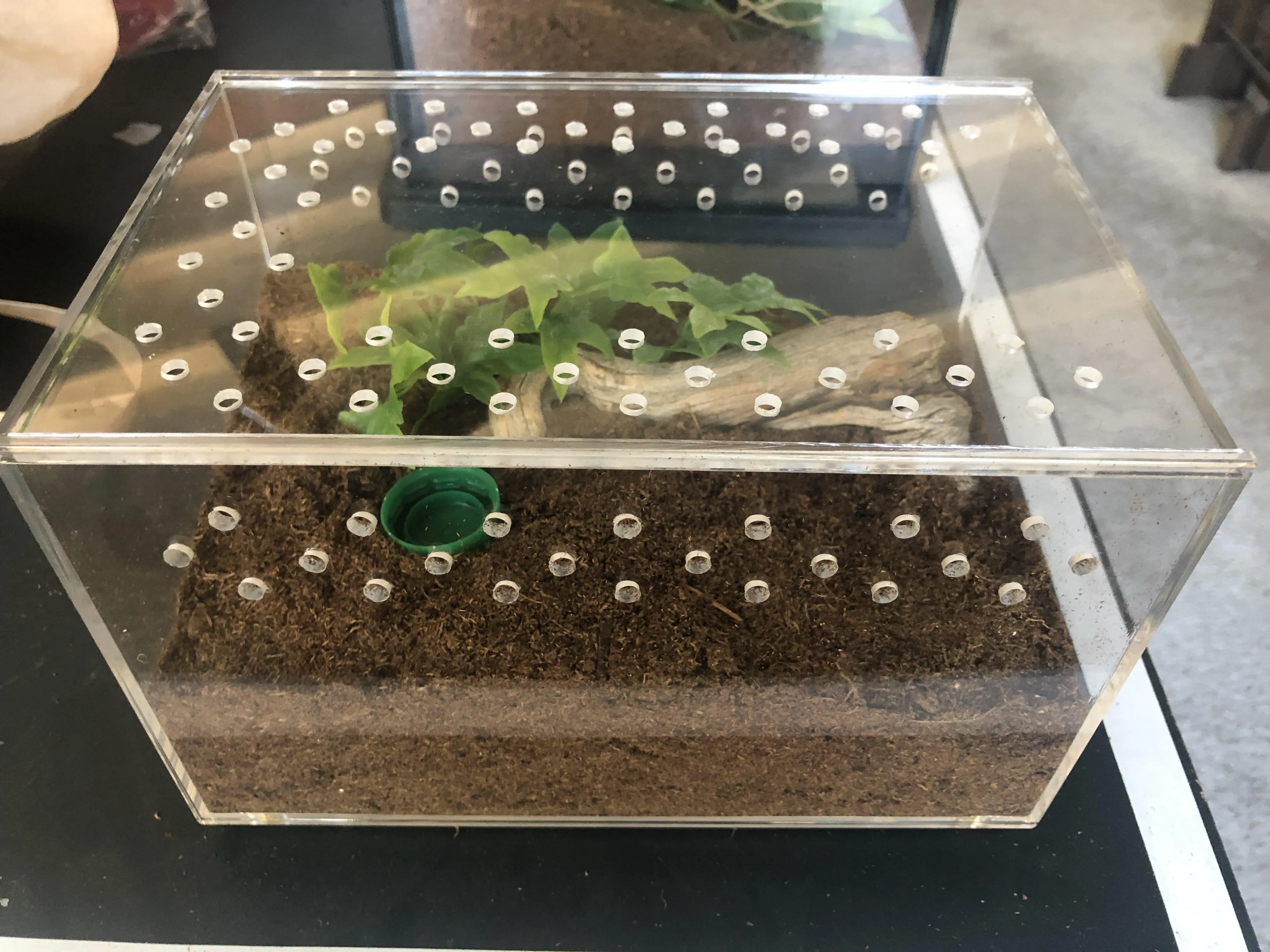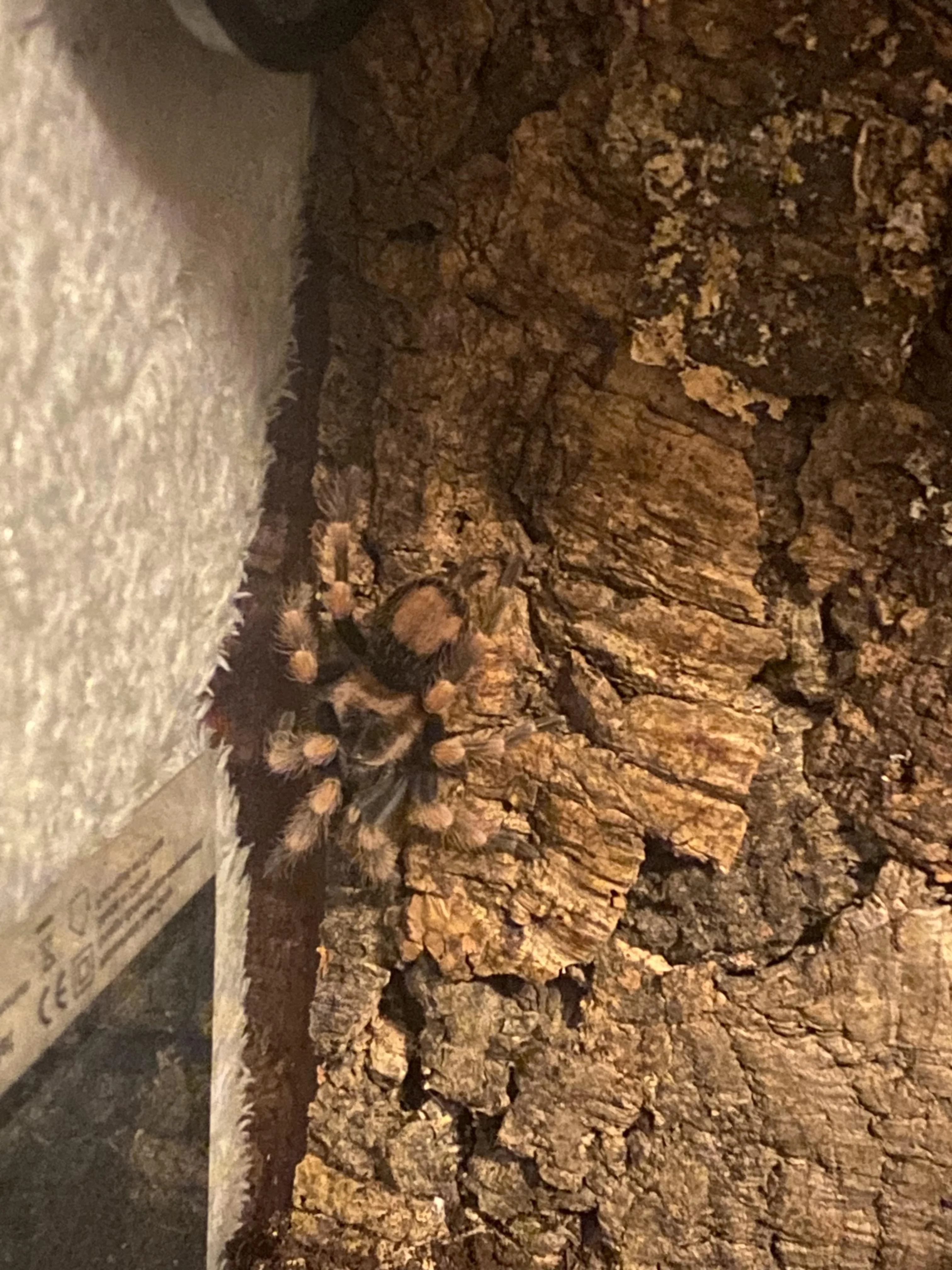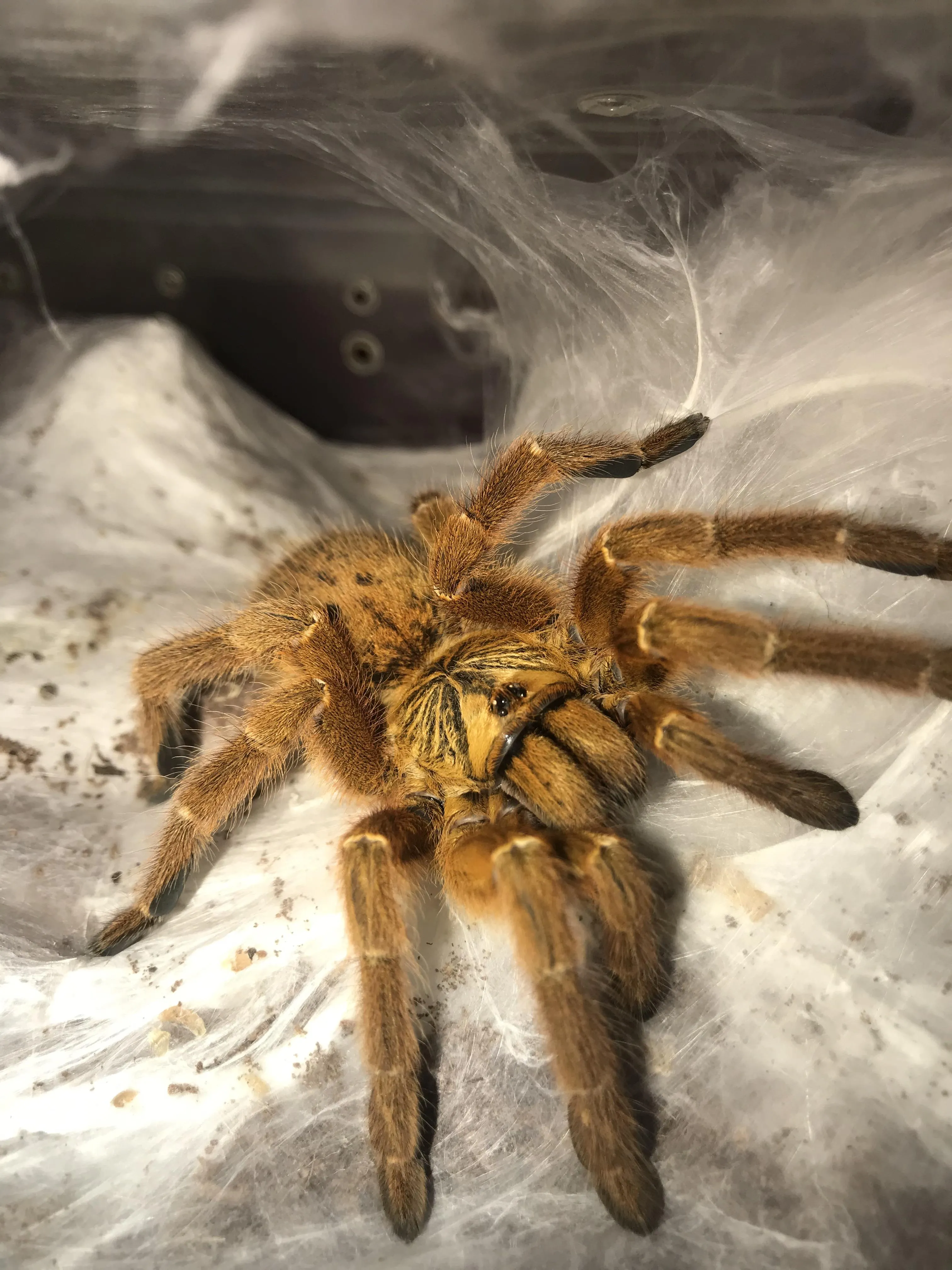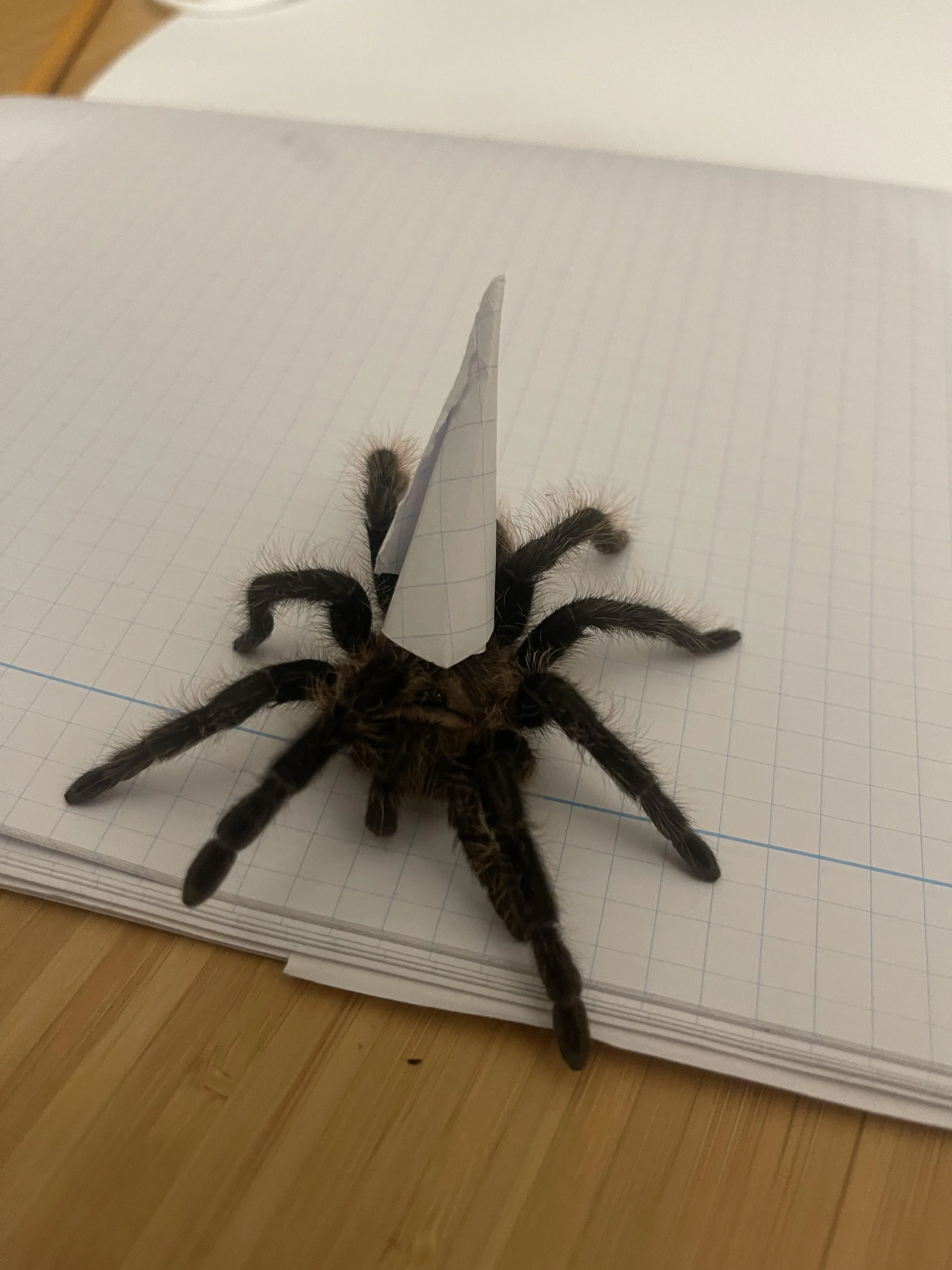What are Tarantula Threads?
Tarantula threads are a fascinating aspect of these often-misunderstood creatures. These threads, more commonly known as silk, are produced by specialized glands called spinnerets located at the rear of the tarantula’s abdomen. These spinnerets are incredibly versatile, producing silk with varying properties depending on the tarantula’s needs. The silk itself is composed of proteins, and the composition varies, contributing to the different uses of the silk. The tarantula controls the thickness and stickiness of the silk, making it a truly remarkable natural material. These threads are not just for creating webs; they have multiple functions in the tarantula’s life cycle, from providing a safe environment to aiding in their growth.
The Purpose of Tarantula Threading
The purpose of tarantula threading goes far beyond what many might assume. It’s not just about building elaborate webs. In fact, many tarantula species don’t even construct webs in the traditional sense. Their threads serve a multitude of purposes, greatly enhancing their survival and quality of life. These purposes include creating a secure shelter, aiding in prey capture, facilitating movement, communicating with other tarantulas, and even assisting in the molting process. The versatility of tarantula silk makes it an indispensable tool for these amazing creatures.
Silk Production

The process of silk production within a tarantula is a marvel of biological engineering. Specialized cells within the spinnerets produce silk proteins. These proteins are stored as a liquid within the spider’s abdomen. When the tarantula needs to create a thread, these liquid proteins are pushed through the spinnerets. As they are extruded, the proteins undergo a transformation, solidifying into the familiar silk threads. The type of silk produced depends on the specific glands and the needs of the tarantula at that time. The spider has complete control over this process, determining both the amount and the characteristics of the silk produced.
Types of Silk
Tarantulas do not produce a single type of silk, but rather several different varieties, each with unique properties. Dragline silk is strong and resilient, used for the main structural components of their habitats and as a safety line. Web silk, designed for trapping prey, is often stickier and more flexible. Silk used for egg sacs is often different again, with a texture that’s ideal for protecting developing eggs. The ability to produce different types of silk is a testament to the tarantula’s incredible adaptability and a key factor in their survival across diverse environments. The types of silk a tarantula produces contribute to its success in various survival situations.
How Tarantulas Use Threads
Web-Building

While not all tarantulas build elaborate webs, many use their silk to create shelters and trap prey. Some species construct elaborate webs that are intricate and designed to capture food. Others build simpler, burrow-like structures. The silk serves as a structural element, providing support and stability. The sticky nature of the silk in the web facilitates prey capture, ensnaring insects and other small creatures that become entangled. The design of the web is crucial for the tarantula’s hunting strategy, providing an efficient way to secure food.
Sensing Environment
Tarantulas use threads to sense their environment. Threads act as sensory tools, alerting them to vibrations. When an insect lands on the web, the spider feels the vibrations traveling through the silk, allowing it to locate its prey. They also utilize threads to create trip lines around their burrows, detecting the presence of potential predators or threats. This sophisticated sensory system is essential for their survival, providing them with vital information about their surroundings.
Molting Process and Threading
Molting is a crucial part of a tarantula’s life cycle, as it allows the spider to grow and replace damaged body parts. Before molting, tarantulas often create a silken mat or webbing to secure themselves in their burrow or enclosure. This thread provides a safe and stable surface for the delicate process. The threads prevent the spider from falling during molting, as the new exoskeleton hardens. The preparation and use of silk during molting demonstrate the importance of these threads for the tarantula’s survival.
Why is Tarantula Threading Important?

Tarantula threading is important for several reasons. It is essential for survival as a hunting tool, environmental sensor, and for ensuring the safety and well-being of the tarantula. The ability to create different types of silk for different purposes provides flexibility. The threads provide structural integrity to habitats, and the use of silk for the molting process is critical for the animal’s development. Without the ability to produce silk, tarantulas would face great difficulties in securing food, avoiding predators, and reproducing.
Benefits of Threading
The benefits of tarantula threading are numerous and essential for their well-being. Threading provides shelter and protection, a safe place to molt, and a means to detect danger and prey. It also aids in reproduction, with females using silk to protect their eggs. The threads are lightweight but exceptionally strong. Their versatility allows tarantulas to thrive in a range of environments. They are a key component of their existence and a testament to the power of nature.
Tarantula Threads & Safety
When handling tarantulas or observing their threads, safety is paramount. While tarantula silk is not typically harmful to humans, it can be sticky and difficult to remove. Therefore, it is best to avoid direct contact with the threads. When cleaning enclosures, handle the threads carefully to avoid disrupting the tarantula’s environment. If you are keeping a tarantula as a pet, research the best ways to provide a safe and secure environment for it, understanding the role of its threads and their importance in the spider’s life.
Thread Handling Tips

If you need to handle objects or enclosures with tarantula threads, take some precautions. Wearing gloves is recommended to prevent the threads from sticking to your skin. Gently brush away any threads with a soft brush or cloth. Avoid using strong chemicals or cleaning agents. If the threads get on your clothes, try gently removing them or using a lint roller. Be patient and understanding when it comes to their threads, remembering their crucial role in a tarantula’s life. Always be respectful of the tarantula’s habitat and the important function of its silk.
Where Can You See Tarantula Threads?
Tarantula threads can be seen in a variety of settings. In the wild, you might find them in burrows, under rocks, or amidst the foliage where tarantulas make their homes. If you keep tarantulas as pets, you’ll observe their threads in their enclosures, often woven into the substrate or surrounding the spider’s shelter. You can sometimes see the threads used for anchoring, web-building, and molting mats. Observing these threads offers a unique insight into the behavior and lives of these fascinating creatures, showing just how essential this unique material is to their survival.
